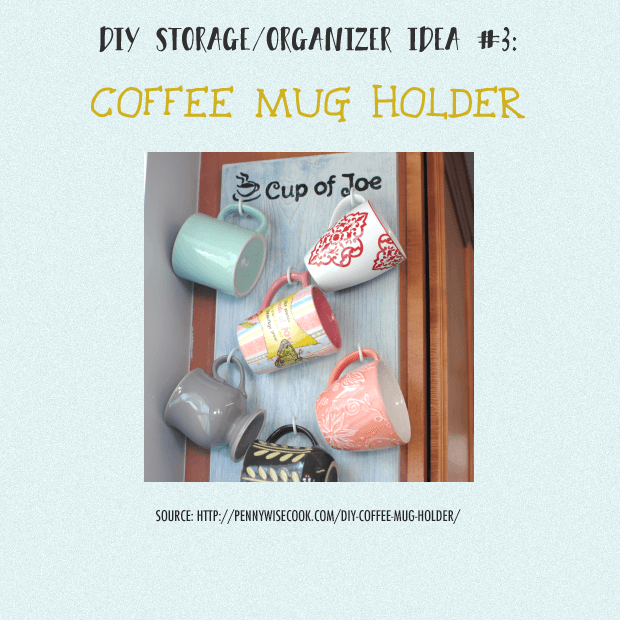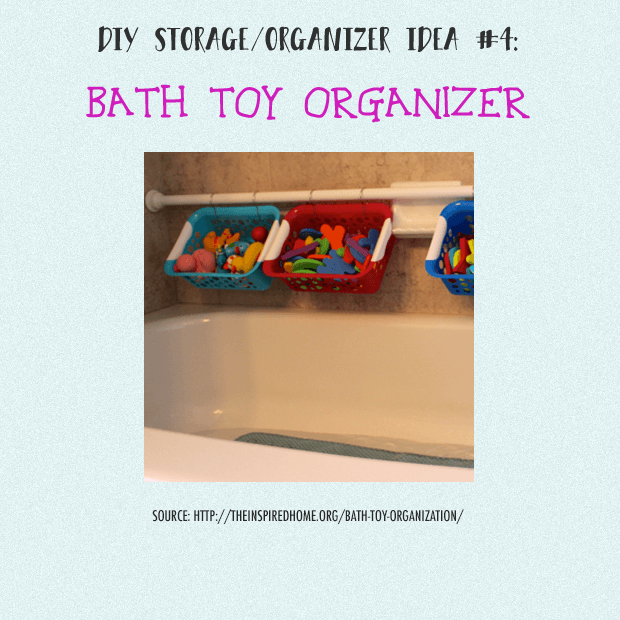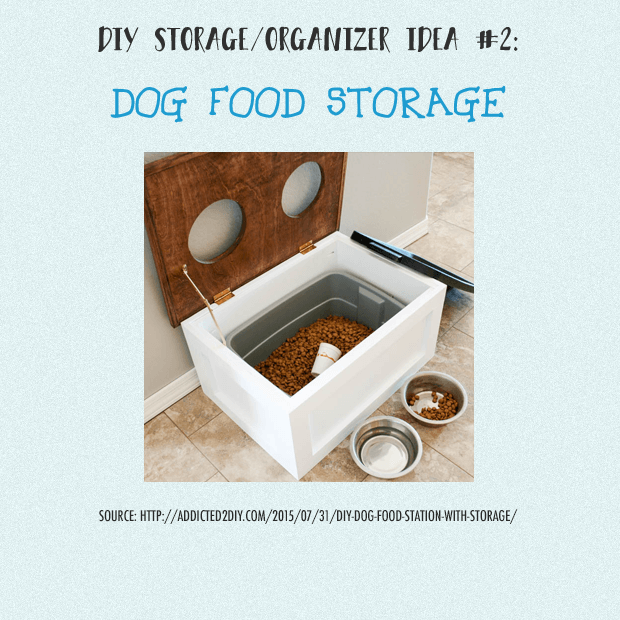
If you rely on a cup of coffee or tea in the morning, you probably don’t keep it a secret. Let’s turn your favorite dish in the cupboard (the noble mug) into a centerpiece of pride! Have you ever wanted to show off your stunning collection of unique mugs? Do you have a handmade favorite, or souvenirs from special memories, or simply a mug that makes a statement? Show it off!
DIY Mug Hanging Wall Board
This is something that every coffee lover will appreciate. If you are a tea-lover, this is for you too. This is quick, easy, and, not to mention, quite useful!
Gather Materials
For this project, you will need
- A wood panel that is 1″ thick, 2′ wide, and as tall as you want. (as long as it will fit where you want to mount it)
You can cut this yourself (be careful, and follow manufacture instructions on tools!), or have your home improvement center cut it for you. Remember to measure twice, and cut once.
- Some paint, stain+finish, or a finishing oil. (I like Danish Oil, as it gives color and protection in one product)
- Lastly, you will need screw hooks large enough to accept your mug handles.
You can find all of these materials at your local home improvement store.
Build It!
FOLLOW INSTRUCTIONS ON PRODUCT CONTAINER(S)!
For Paint
Take your board, and paint it the color of your choice. If you want to distress it a little, paint a different color for two coats, and lightly spot-sand for a rustic color-reveal look.
Stain+Finish
If you are using a stain, lightly sand the board, wipe any dust free, and apply your stain in a well-ventilated area. Apply as many coats as product instructions indicate, and follow instructions for drying time. Once try, apply INTERIOR wood finish according to product instructions.
Finishing Oil
Apply finishing oil following instructions on product container. Certain oils may be buffed for added sheen.
Install Hooks
Once your board has dried, it’s time to install your screw hooks! Lay your board flat, and arrange mugs on it in a pattern that makes you happy. Mark where the hooks will be screwed. It may help to drill pilot holds before screwing your hooks in place. Screw hooks in place.
Mount Your Mug Plaque
If you are mounting this to the side of your cabinet, you can use 3/4″ wood screws to screw into it from inside the cabinet for a clean look, free of exposed fasteners. If you are mounting it anywhere else, use drywall anchors, or screw directly into studs using 2″ wood screws. Make sure your anchors are rated for the weight of the board + mugs.
Use It!
Now that it’s up, hang your mugs, and show your collection off with pride! The next time you stumble into the kitchen to pour your cup of coffee/tea, you will love being greeted by your mug plaque. Your guests will love it too!
Bonus Ideas
- Using paint, stencil, or any other ideas you may find, paint a word, scene, or picture on your board!
- Paint your hooks to match your kitchen decor!
- If hanging directly on an exposed wall, add a row of hooks to the bottom for keys, kitchen tools, towels, or anything else you can think of!
- Add a small shelf to the top (if you are handy enough) for more ornate detail and functionality!
Like this project? See other projects in our DIY series. click here!





